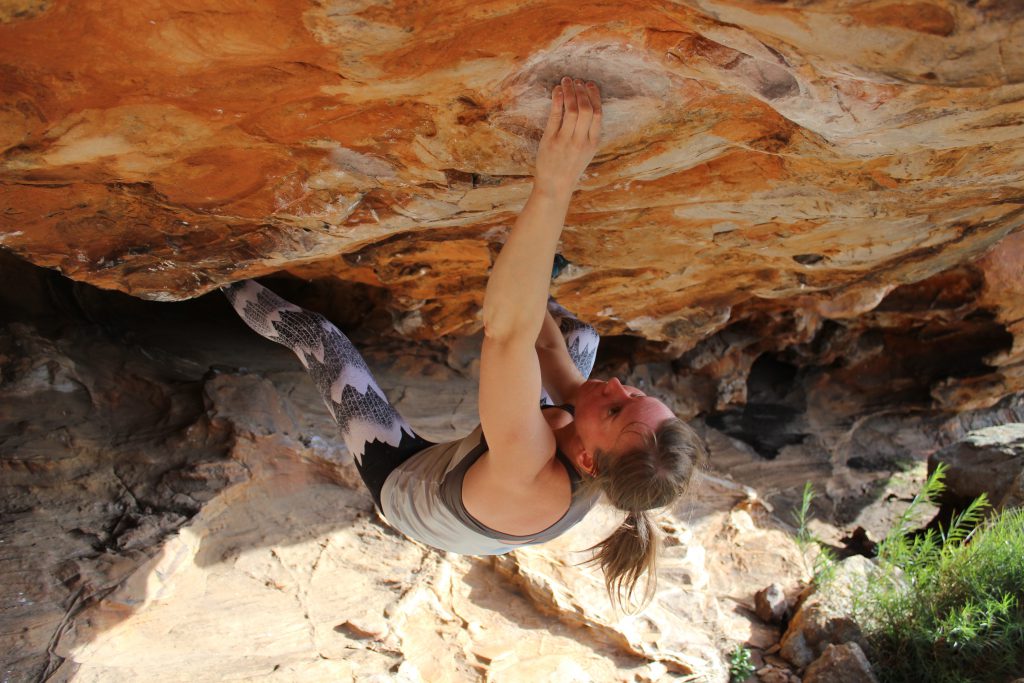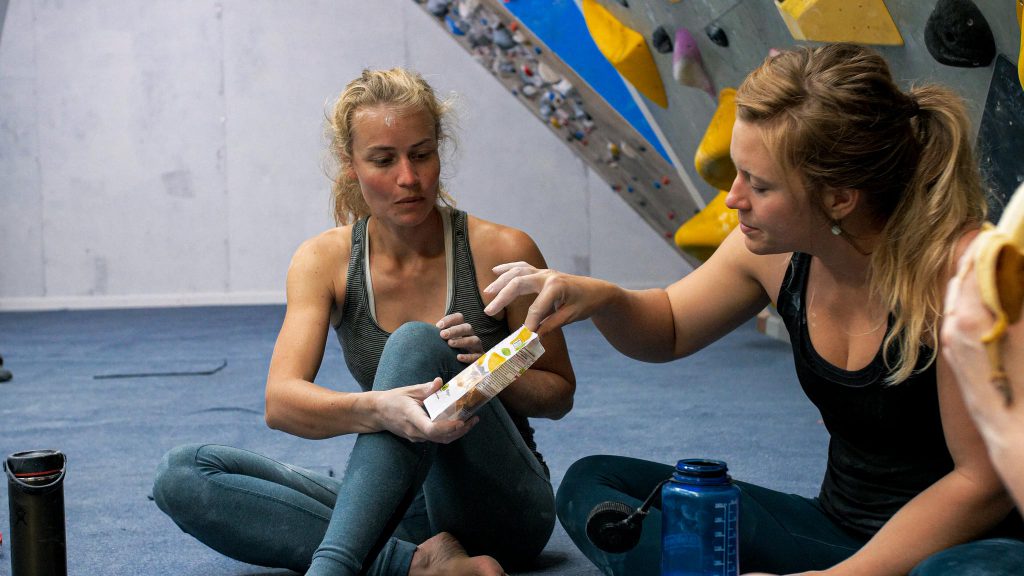Female Climber Series: Tracking to Inform Your Training
Many of us are now in the habit of tracking our menstrual cycles and perhaps starting to notice patterns in terms of how we feel, recurring symptoms, and how different training or climbing stimuli or life stressors can impact upon them.
This is interesting in and of itself, but it can also help in informing future training cycles or peak peformance periods, and importantly it can signify the need to see a medical professional if there is a change in your normal cycle, symptoms or patterns and you’re concerned about them.
Having an (unusually) amazing UK summer with plenty of dry outdoor sport climbing whilst also training for autumn projects, I (@elskrussell) have learnt the following from tracking my cycle and noticing some changes in my cycle length (shortening):
1- Dropping the training load when needed:
Long days outside putting intense efforts on limit level redpoints are way more exhausting than a training session. Making sure I reduced the training volume when redpointing at my limit was key.

2- Fueling enough:
At the beginning I underestimated the energy needed for days outside and now ensure that I take at least double the amount of food I’d normally take to the wall for a session.

3 – Disrupted sleep:
Long drives and time at the crag and drinking coffee late into the day to help fuel redpoint efforts had a real impact on how easily I fall asleep, especially in the late luteal phase where I struggle more with this generally. Cutting back on the coffee consumption in the late afternoon has really helped on this front.
Clearly these are my individual experiences and not everyone will be impacted in the same way or to the same extent. Being able to identify any issues, seek help where necessary, and make personal adjustments are all key when it comes to making the most of our climbing and training!






